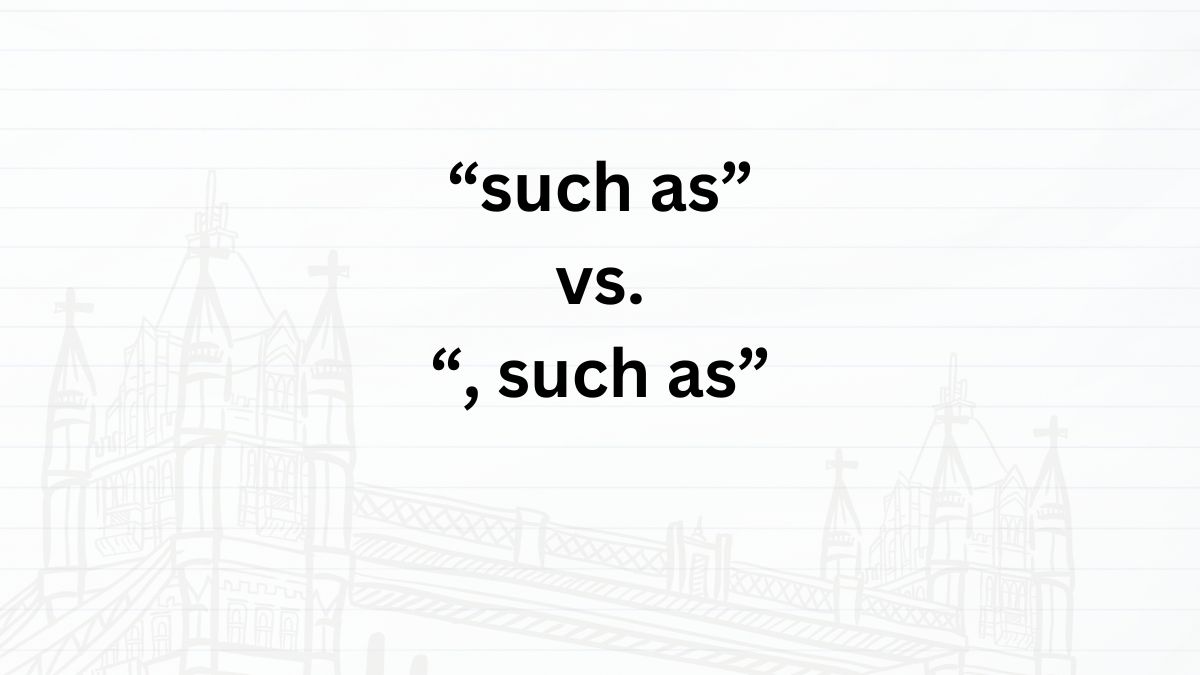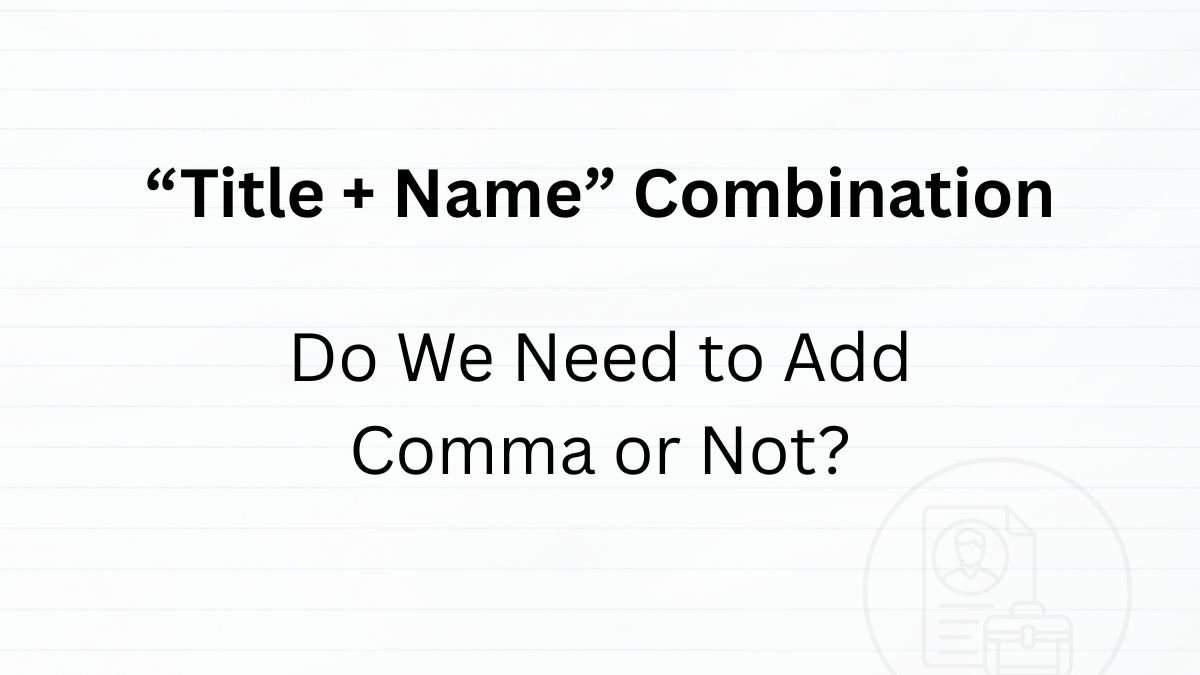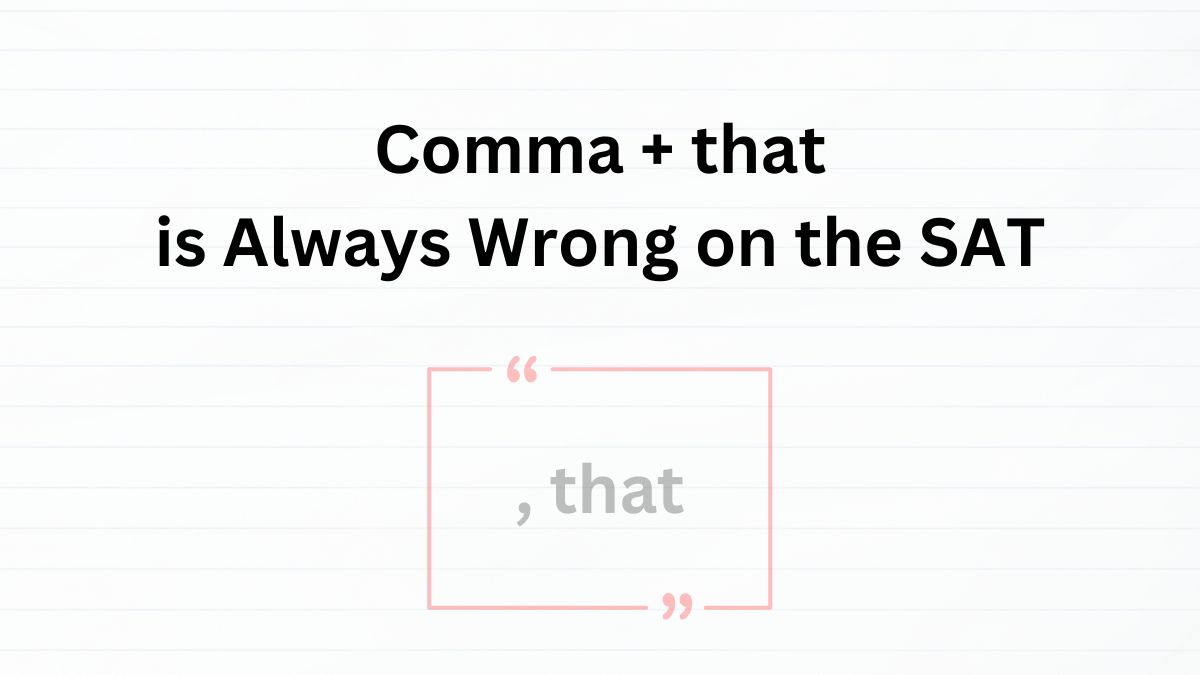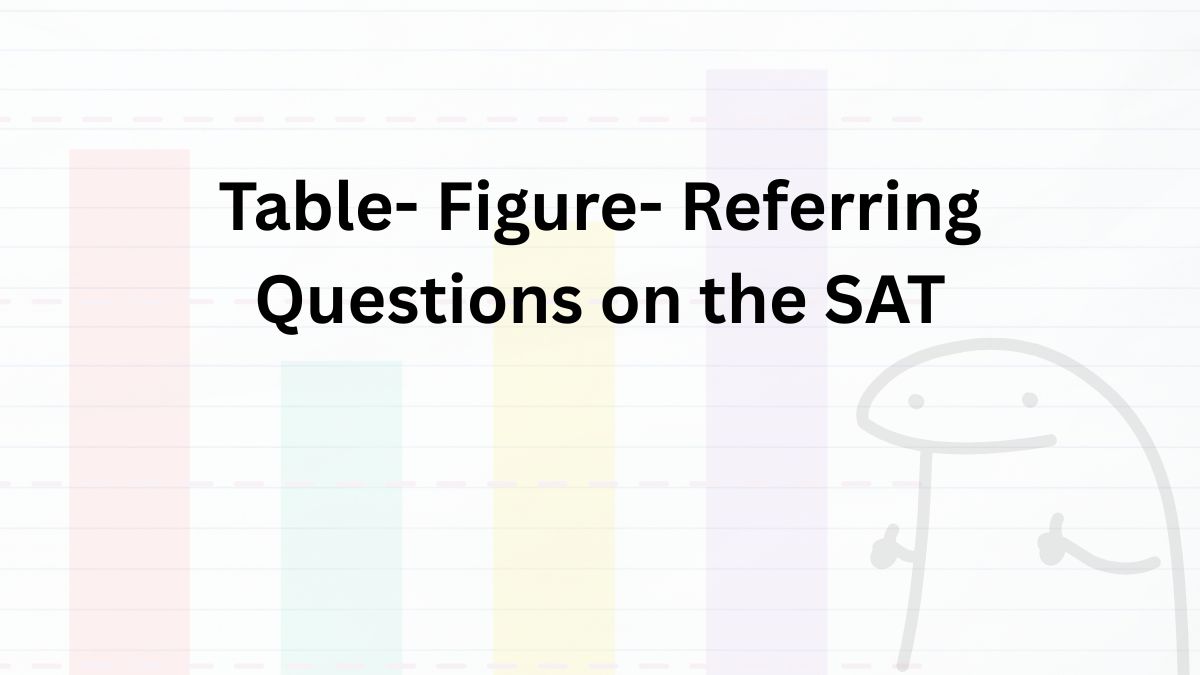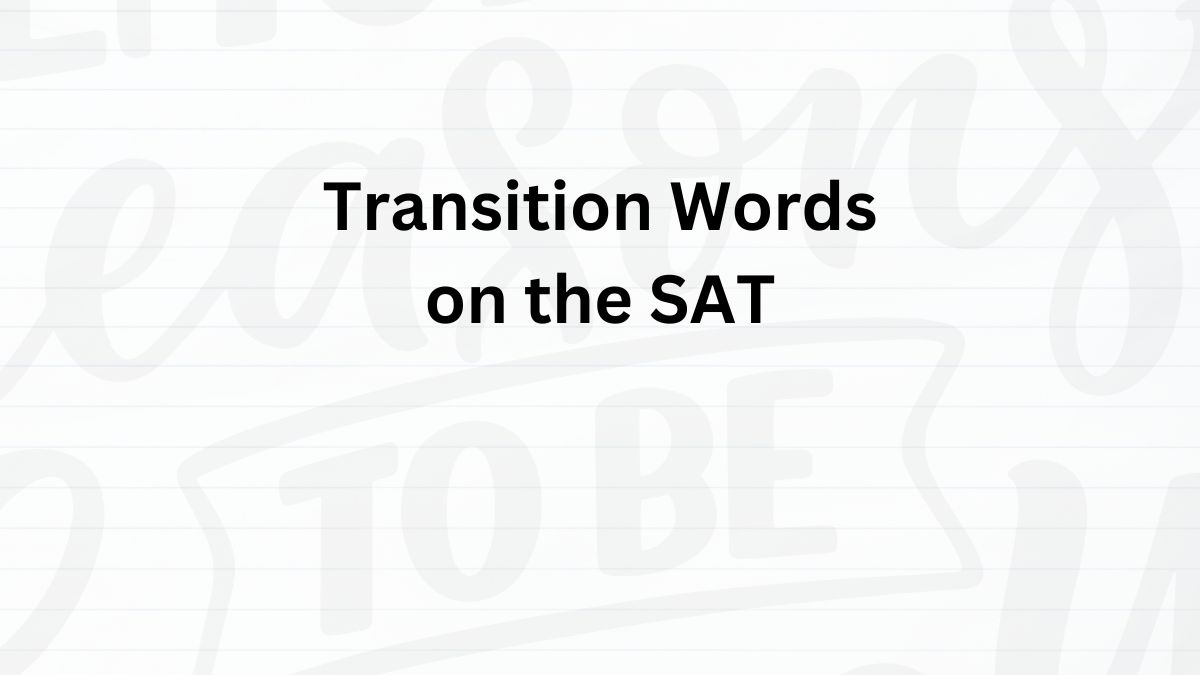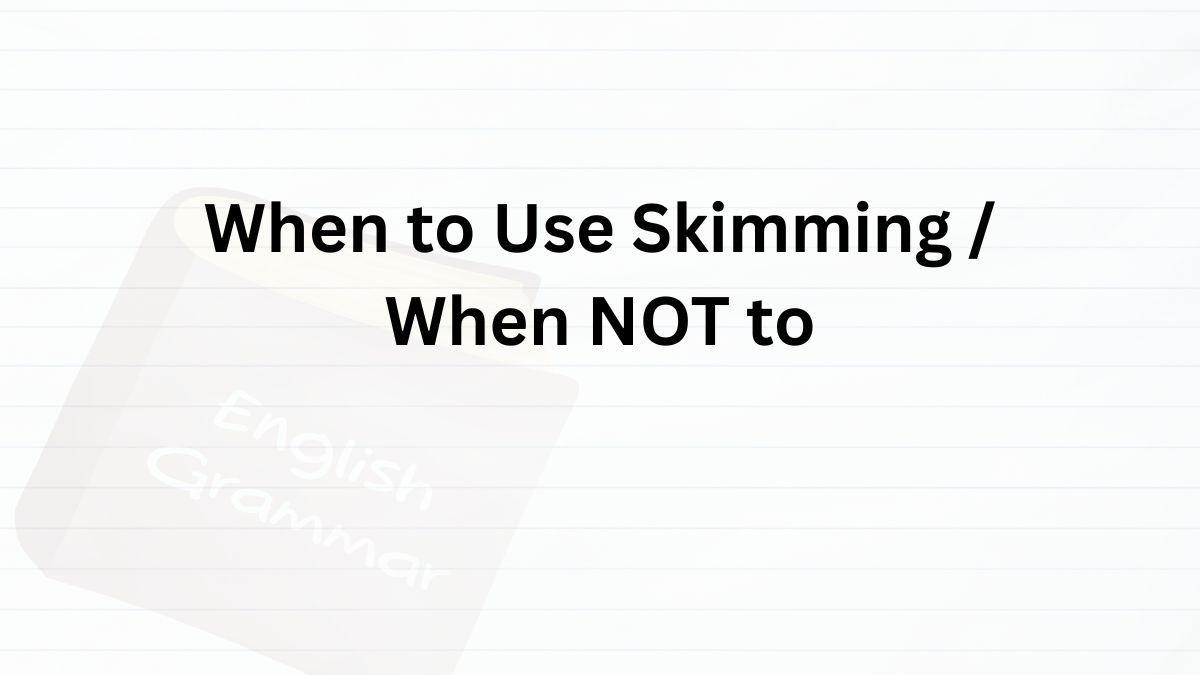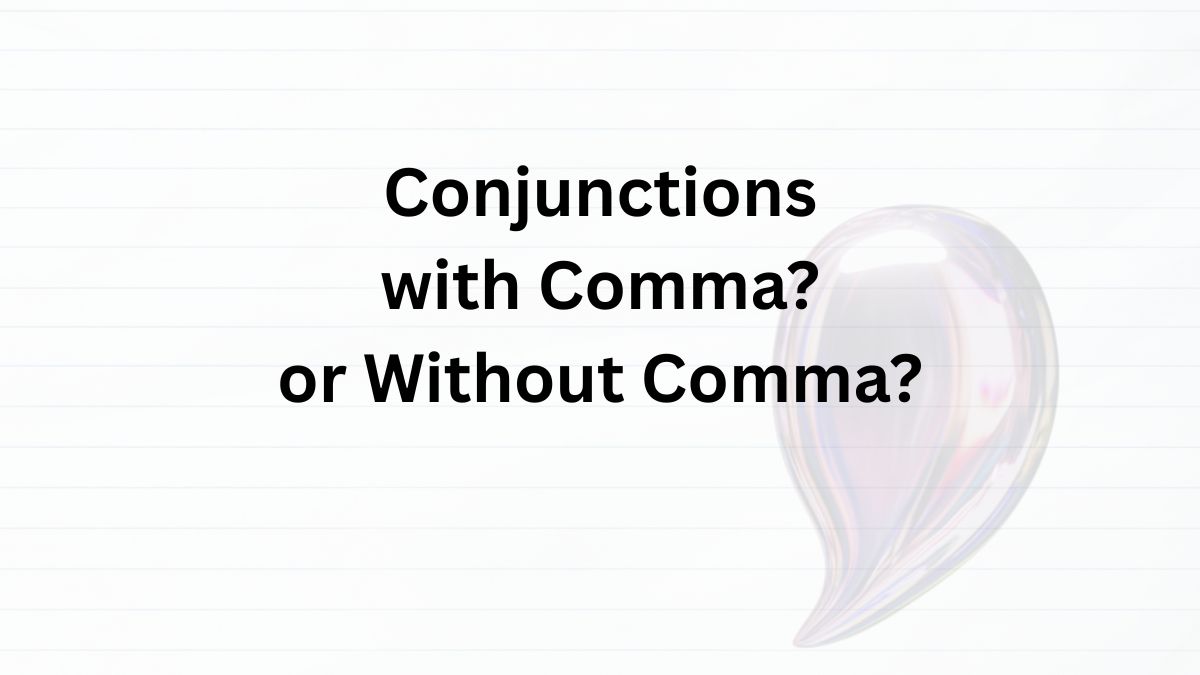
SAT Grammar: When to Place a Comma Before Conjunctions
Table of Contents
Some grammar questions ask you to determine whether a comma must be placed before a conjunction or not. To accurately answer this pattern of questions, you should fully understand the classification of conjunctions and their rules.
Two Types of Conjunctions
Conjunctions can be divided into two main types:
- Coordinating conjunctions
- Subordinating conjunctions
To decide whether a comma is needed before a conjunction, it’s important to understand these two types clearly. Before we look at the rules for using commas, let’s briefly review what each type of conjunction does.
Coordinating Conjunctions
As the name suggests, coordinating conjunctions connect two independent clauses. They are often remembered by the acronym FANBOYS, which stands for,
- For
- And
- Nor
- But
- Or
- Yet
- So
These conjunctions have two important characteristics:
- They are generally not used at the beginning of a formal sentence (though this is fine in conversation or informal writing).
- They usually require a comma before them when linking two independent clauses.
Here are some examples of sentences with a coordinating conjunction.
The students enrolled in the advanced robotics course must complete a final project, and their performances will be evaluated by a panel of engineers from local universities.
In this sentence, the coordinating conjunction “and” connects two independent clauses. Because it links two complete thoughts, a comma is placed before it.
The committee’s decision to fund the project was influenced by data showing a decline in water quality, yet the measure won’t take effect by the end of next year.
Here, “yet” is another coordinating conjunction. It contrasts two ideas, one about the committee’s decision and the other about the delay in action.
On the digital SAT, you will see a following question of this topic.
Explanation
Since both the parts before and after the blank are independent clauses, we need a conjunction to connect them. First, eliminate any option that doesn’t include a conjunction.
Next, because the remaining options contain “and” and “but,” think about the logical relationship between the two clauses. If the second clause contrasts with the first, “but” is the correct choice. If it simply continues or adds information, “and” is more appropriate.
When we simplify the flow of ideas, we get the following:
They attempted modification (TiAlMo) →
early simulations were promising →
actual experiments showed weakness
Here, the last part presents a contrast with the earlier result. This tells us that the conjunction “but” fits best.
Among the answer choices, there are two that include “but”: one with a comma before it and one without. Because “but” is a coordinating conjunction, and the subjects of the two clauses are different (as we’ll discuss in the next section), a comma should be placed before “but.”
Coordinating Conjunction without Comma
However, in some sentence structures, you don’t need to place a comma before a coordinating conjunction. This happens under the following condition:
Rule
When the subject of the first independent clause and that of the second clause are the same, you can omit both the comma before the conjunction and the repeated subject.
The researchers tried hard to replicate the result but failed to gain consistent outcomes.
Here, both clauses share the same subject: “the researchers.”
Since the subject is the same, the second one is omitted, and no comma is needed before “but.”
On the digital SAT, you may sometimes encounter a question where the answer choices include the same conjunction: with and without a comma.
When this happens, check whether the subject of the second clause is omitted. If both clauses share the same subject and the second one is left out, then a comma before the conjunction is not required.
Let’s try the following SAT practice problem of this pattern.
Explanation
If you look at the parts before and after the blank, you’ll notice that both are independent clauses. That means a conjunction is needed to connect them.
However, the second clause has its subject omitted—it shares the same subject as the first clause, “Film photography.” When the subject of the second clause is omitted, the conjunction should appear without a comma.
Therefore, “century but” is the most appropriate answer.
Subordinating Conjunctions
Subordinating conjunctions are conjunctions that introduce a dependent clause and connect it to an independent clause. Roughly speaking, any conjunction that is not one of the FANBOYS is considered a subordinating conjunction.
Here are some common subordinating conjunctions:
- Though
- Although
- While
- If
- Since
- Because
A subordinating conjunction can appear in two positions within a sentence:
- At the beginning of the sentence
- In the middle of the sentence
When a subordinating conjunction comes at the beginning, the first part of the sentence becomes a dependent clause, which is followed by an independent clause after a comma.
While the brown rat (Rattus norvegicus) can produce several litters each year, leading to populations in the millions, the slow-breeding Sumatran orangutan (Pongo abelii) often exists in groups of fewer than a dozen individuals in the wild.
In this sentence, the subordinating conjunction “while” appears at the beginning of the sentence. This creates a structure in which a dependent clause is followed by an independent clause, separated by a comma.
- Dependent clause: While the brown rat (Rattus norvegicus) can produce several litters each year, leading to populations in the millions
- Independent clause: the slow-breeding Sumatran orangutan (Pongo abelii) often exists in groups of fewer than a dozen individuals in the wild.
Next, let’s move the subordinating conjunction “while” to the middle of the sentence.
The brown rat (Rattus norvegicus) can produce several litters each year, leading to populations in the millions while the slow-breeding Sumatran orangutan (Pongo abelii) often exists in groups of fewer than a dozen individuals in the wild.
In this version, the first part of the sentence is the independent clause, and the latter part is the dependent clause. When a subordinating conjunction like “while” appears in the middle of a sentence, no comma is used between the two clauses.
- Independent clause: The brown rat (Rattus norvegicus) can produce several litters each year, leading to populations in the millions
- Dependent clause: while the slow-breeding Sumatran orangutan (Pongo abelii) often exists in groups of fewer than a dozen individuals in the wild.
Rule of Subordinating Conjunctions
The sentence structure slightly changes depending on where the subordinating conjunction appears.
- At the beginning of the sentence
Place a comma between the dependent clause and the following independent clause.
If he likes dogs, we are willing to offer one.
- In the middle of the sentence
When the subordinating conjunction appears in the middle, no comma is needed between the independent clause and the following dependent clause.
We are willing to offer a dog if he likes it.
Practice Questions
Question 1
Explanation
The first step is to examine the parts before and after the blank. When you do so, you can identify the following structure:
- Independent clause: These contrasting behaviors reflect evolutionary adaptations to different environments
- Independent clause: they also highlight the diversity of survival strategies among birds of prey.
Since both parts are independent clauses, they must be connected by a conjunction. Here, the conjunction “whereas” is a subordinating conjunction, and because it appears in the middle of the sentence, no comma is required before it.
This makes the final structure as follows:
Dependent clause: whereas they also highlight the diversity of survival strategies among birds of prey.
Independent clause: These contrasting behaviors reflect evolutionary adaptations to different environments
Question 2
Explanation
Here, the parts before and after the blank are both independent clauses.
This means we need to place a conjunction between them. All of the options include the coordinating conjunction “but,” which requires a comma before it.
Therefore, “, but” is the only grammatically correct and suitable option.


